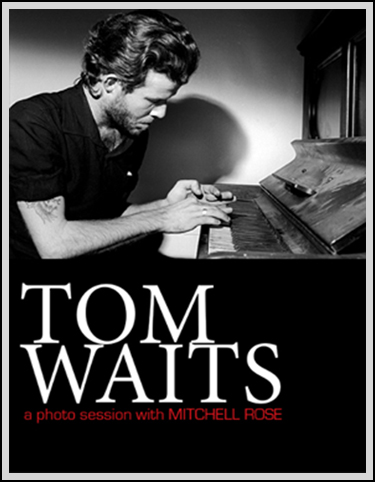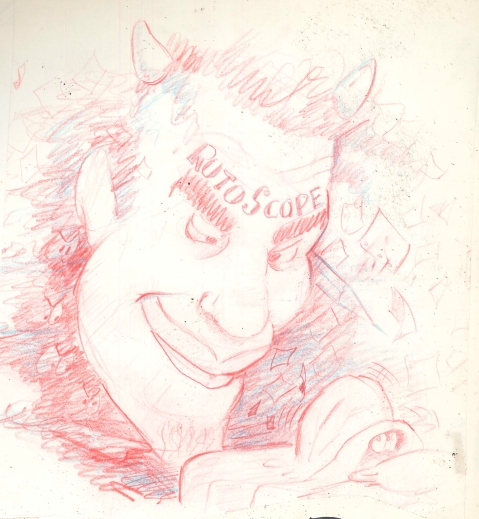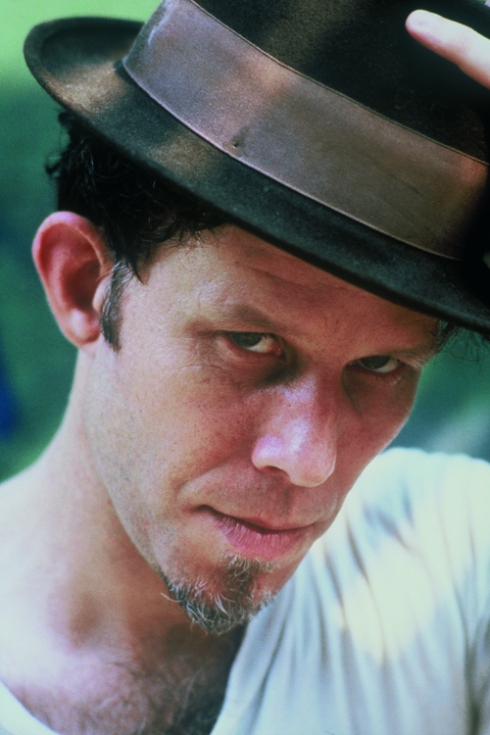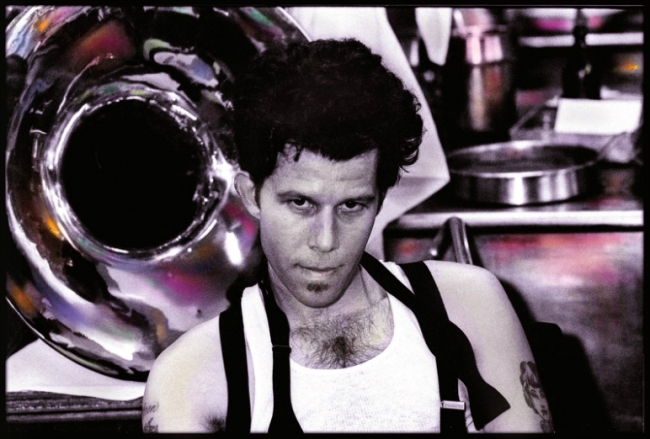John Lamb (Part 2)
The Scrapbook
The green light from Tom gave our project a GO. The Lyon Lamb studio was located in an old California bungalow nestled in the west side of LA, a place where the stars of Hollywood retired their parents, a friendly but nosey bunch that kept a watchful eye on the hood. If something was awry, it spread like wildfire through the blue hair grapevine. Tom came to the studio on a few occasions to check the progress of the film. One particular time, Tom pulls up in his ’66 Blue Valentine T-Bird with a rattle can paint job. I looked out the studio window just in time to see Tom pull up in his conspicuous Bird as the car belched to a stop. The entire cab, front passenger seat and back, was chuck-full of newspapers from floor to ceiling. There was nowhere to sit, much less peer out the windows… only room for the driver to see straight ahead and that was it.
He gets out of the car looking like a nickels worth of dirty ice, shuffles around a bit yanking on his wrinkled suit lapels, chin up high, and then with one hand adjusting the pork pie Stetson, he slowly turns around and saunters towards our studio. Before he gets to the porch, my phone rings. It’s the old lady across the street frantically calling me to warn me about an undesirable fellow heading my way and to see if she should call the police. No police are needed I said, but he may play a bit of piano if she would like to come over for a listen. She declined but he actually did sit down and play four songs on the upright in the living room. Fortunately, a tape recorder was on the piano and I pressed record.
During the Tom Waits For No One production, I had the opportunity to visit Tom’s place at the Tropicana. He had two adjoining rooms with the wall ripped out making it one large room. The apartment looked just like his car, newspapers and such stacked to the ceiling in every room, empties were like floor chimes on the narrow paths of carpet leading through the walls of newspaper, from the entry to the baby grand, the baby grand to the fridge, and from the fridge to other rooms that disappeared behind the newspapers.
Building the concepts, caricatures and storyboards began the several months of pre-production. The animators sketched up a tornado-like storm creating caricatures of Waits. Drawings were flying all over the place and the rejected ones ended up on the floor or in the trash. But they were just too beautiful to be trashed so I would systematically inspect the place when the animators left for the evening and saved the throw-aways. Everybody loved to draw and it was reflected in the atmosphere of the studio. There was a lot of humor and laughing going on which was a good diversion for the intensity of the work that was yet to come. The studio walls soon filled up with Waits drawings, along with extraneous but illuminating post-its, media clippings and ticket stubs from the life that was going on around us.
Once the look and feel of the film was determined, a first draft storyboard was created. We built two 8’x 5′ steel framed portable rolling cork panels for tacking up the storyboards to assist in visual continuity for the flushing out story concepts in boiler room sessions. Many character revisions ensued and the drawings they replaced were also saved. From time to time, the studio was cleaned, the walls would be stripped and the cycle would repeat itself. My conservator instincts prevailed, and I saved all of those items as well.
When the film wrapped, the stack of boxes filled with saved art was about four feet high and in chronological production order. That order was maintained, sorted and scrap booked. As it turns out, simultaneously mixing the production art with the current event clippings not only created a microcosmic peek into LA pop culture of the late 70s, it also illustrates the complete production process of Tom Waits For No One.
My respect for the art this incredibly talented team produced Is reflected in the collecting and preservation of these saved drawings, which they did often as a break from the work of film making. These guys relaxed from the task of drawing by doing more drawing, and the love of that work is present in every one of these throw-aways. It’s classic art for art’s sake. Just a few weeks back, 35 years later, I ran into David Silverman, one of the key animators. He looked through the scrapbook and hooted “Wow…I remember doing this drawing!” That, my friends, is what it’s all about.
Part 1: The Story
(Credit: ©John Lamb)





















“Lyon-Lamb” sticks in my head as the name of the earliest (and best) of the video pencil-tests systems that came onto the market– I remember mounting an unsuccessfull campaign to buy one for the school I taught at. Wussa pencil-test? Gladjyu Askd: it’s a way of filming animation pencil drawings to check the motion before you commit to cleanups. We were using the traditional ‘bucket-tests’– shoot in single-frame black&white 16mm film, process it by hand in a bucket (OK- 3 buckets, developer, water, fixer, hang out the window to dry),
then view the looped film on a projector. Bitch and grumble about your mistakes, redraw the scene, reshoot.
MANNNN I SO wanted me that Lyon-Lamb!!! Management turned us down, and, well, it was obsolete anyway in a coupla years. They bought me some new buckets.
But I sure would like to see some hi-rez versions of those sketches. ‘A thing of beauty is a joy forever’, and those drawings look pretty damn joyful.
Banana you said it so eloquently .. that was the crux of the pencil test system. It was such an amazing device at the time. When that Pencil test would start flickering on that Hi-Rez monitor fireworks go off. What school district were you a part of ?
thanks for the comment.. It brings back so many memories..